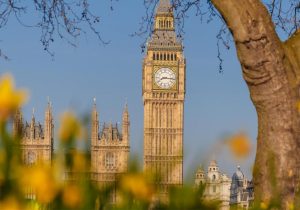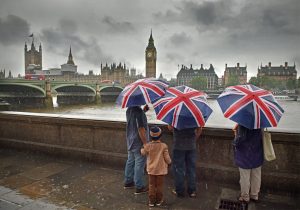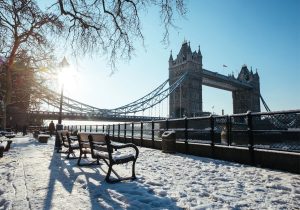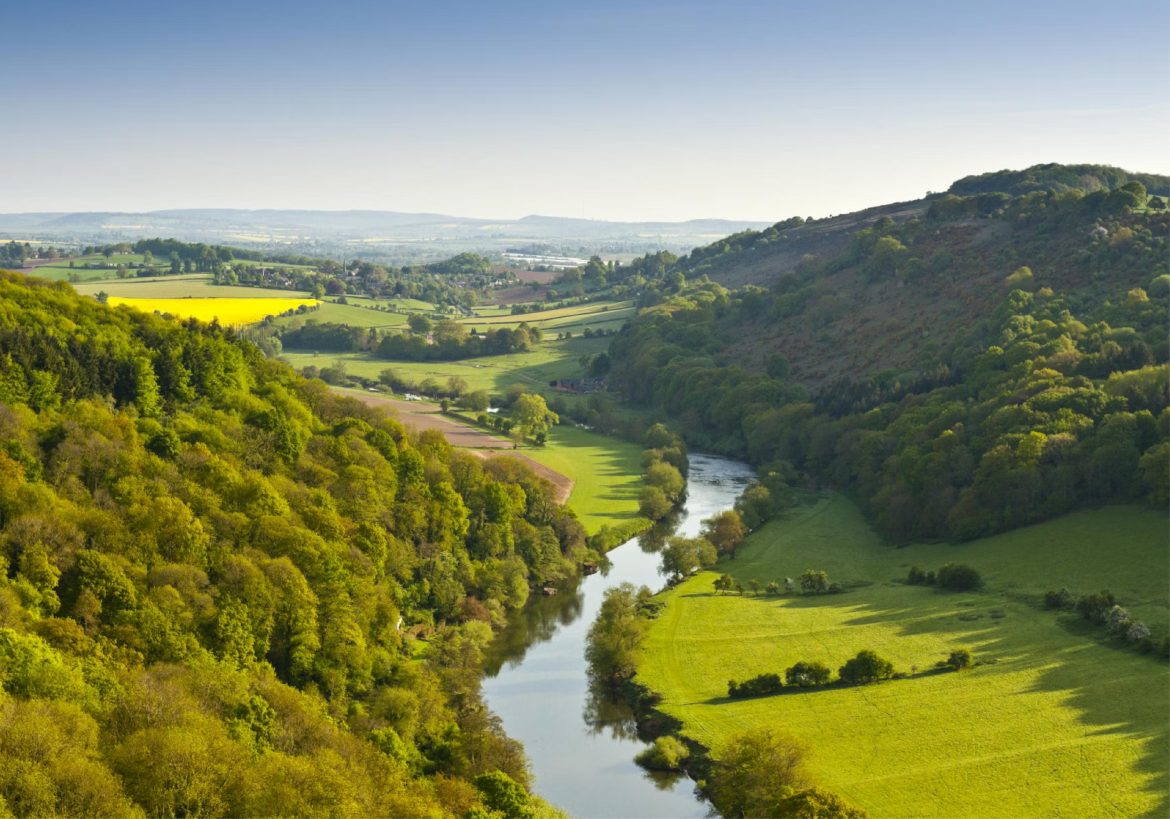The United Kingdom is a country of rolling green valleys, dramatic coastlines, and historic landscapes to explore throughout the year. But the experience you will have outside depends on when you go. The season you pick can determine between walking through the bluebell wood under mist and during summer festivals or quiet autumn strolls and snug winter breaks.
If you're planning to explore the UK's outdoor treasures-from the Lake District's fells to the Scottish Highlands, the Cotswolds' meadows to Cornwall's cliffs-here's a comprehensive guide to picking the perfect time for your adventure.
Understanding the UK's Seasons
The UK's climate is famously unpredictable, but each season brings its own magic and unique opportunities for outdoor enthusiasts.
Spring (March to May): Blooming Beauty and Mild Adventure 
Spring is generally considered to be among the optimal times to be outside in the UK. When winter departs, the climate is pleasant and hovers at about 8°C to 15°C, with the landscape suddenly coming into flower and greenery. Springtime is the time for:
Visiting gardens and parks: Landmarks such as London's Kew Gardens and the Lake District look their best with blooming cherry blossoms, tulips, and bluebells.
Walking and cycling: Trails are less crowded, and the climate is pleasant, perfect for a long walk or bicycle ride.
Festivals and events: The Chelsea Flower Show and May Day festivities put a celebratory spin on the great outdoors.
Spring also means fewer tourists compared to summer, so you'll enjoy peaceful moments in even the most popular places. Just remember to pack light layers and waterproofs, as spring showers are common.
Summer (June to August): Festivals, Long Days, and Peak Adventure
Summer is the height of the tourist season in the UK, and it's no wonder. With temperatures between 15°C and 25°C and daylight lingering until late evening, it's the ideal time for:
Outdoor festivals: From Glastonbury's fabled music festival to the Edinburgh Festival Fringe, summer is filled with events that spill over into parks and city streets.
Seaside breaks: Seaside areas such as Cornwall, Devon, and Brighton are vibrant and sunny, perfect for beach trips, surfing, and coastal walks.
National parks: The Lake District, Snowdonia, and the Scottish Highlands are busiest, but also most alive.
If you enjoy a lively scene and don't mind crowds, summer can't be beaten. But reserve accommodations well in advance and expect to pay more and find crowded trails. The weather is usually warm, but always carry a rain jacket with you. British summers have a way of catching you off guard.
Autumn (September to November): Peace and Golden Scenery 
Autumn is popular among many outdoor enthusiasts, with moderate temperatures (8°C to 18°C) and a serene atmosphere as the tourists disperse. The top picks are:
Stunning foliage: National parks such as the Lake District and Scottish Highlands are afire with oranges, golds, and reds.
Harvest celebrations: Indulge in locally grown produce at farmers' markets and food festivals.
Best time for hiking: Cooler weather and less crowded paths make it ideal for extended walking or cycling holidays.
September is particularly fine, with lingering heat and open amenities, and October has snug atmospheres and the build-up to Guy Fawkes Night in the form of bonfires and fireworks.
Winter (December to February): Quiet Beauty and Festive Charm
Although winter is not the usual time for outdoor pursuits, it provides a special experience for those prepared to withstand the cold. Temperatures between 2°C and 8°C, reduced daylight, and sporadic snow in the north can be expected.
Winter walks: The countryside has a harsh, serene beauty, particularly in areas such as the Yorkshire Dales or Scottish Highlands.
Festive markets: Towns and cities are filled with Christmas markets and lights.
Wildlife watching: Winter is wonderful for observing migratory birds and even seals along the coast.
Winter is ideal for those who appreciate solitude, cold walks, and the festive mood of UK towns. Just be ready for volatile weather and shorter daylight hours.
Tips for Choosing Your Ideal Season

For wildflowers and fewer crowds, Go in April or May for the most flowers and quiet trails.
For festivals and lively celebrations: Plan from June to August, but book ahead and anticipate crowds.
For photography and hiking, September and October provide mild temperatures and beautiful landscapes.
For budget travel and snuggly retreats, November to February means lower rates and a festive atmosphere.
Packing Essentials by Season
Spring/Autumn: Lightweight layers, waterproof jacket, sturdy shoes.
Summer: Sun protection, lightweight clothing, and rain gear, just in case.
Winter: Layered warmth, waterproof shoes, hat and mitts.
Some Sites to book the best travel deals from:
Here, we are mentioning some sites from where you can book different hotels & other travel packages from all over the world:
On the Beach
Jet2Holidays
Travel Republic
TUI
The sites that we have mentioned here are some of the great ones where you can consider options for bookings from. But from these sites there is one that we adore the most which is On the Beach which provides an extensive range of travel packages to select from. Rest the decision depends on you which option you wanna go with.
Final Thoughts
There's really no such thing as bad timing to discover the UK's great outdoors. The best time to travel is up to you whether you're after wildflower meadows, music festivals, golden leaves, or winter markets. Knowing what each season has in store helps you plan your trip to get the most out of it.
Ready to organize your UK adventure? I'd love to know what outdoor activities you enjoy, and I can assist you in selecting the ideal time and location!
Book Now